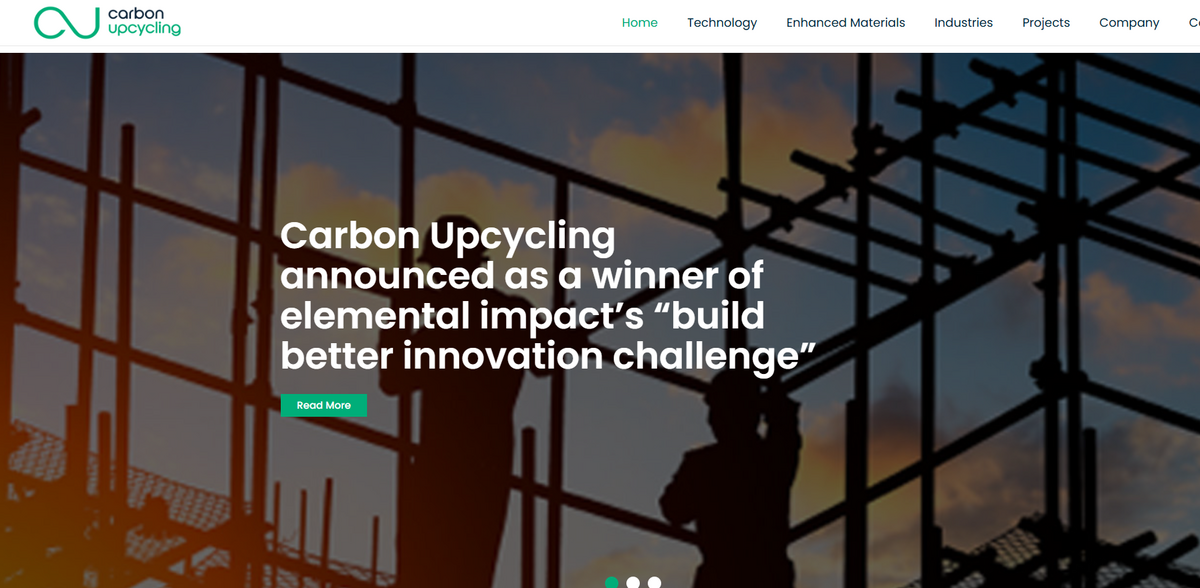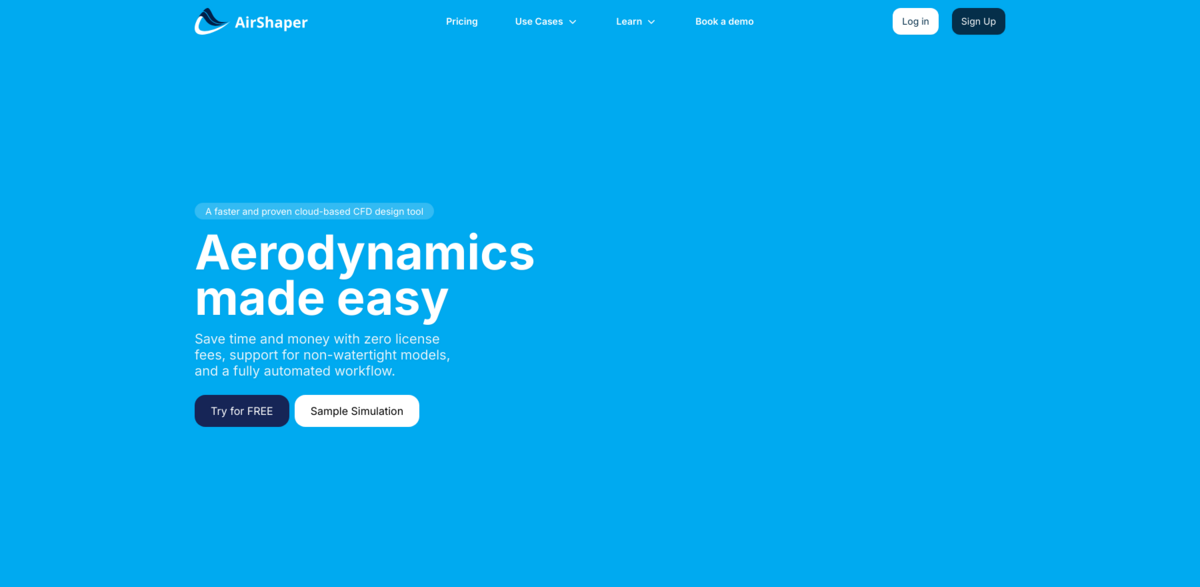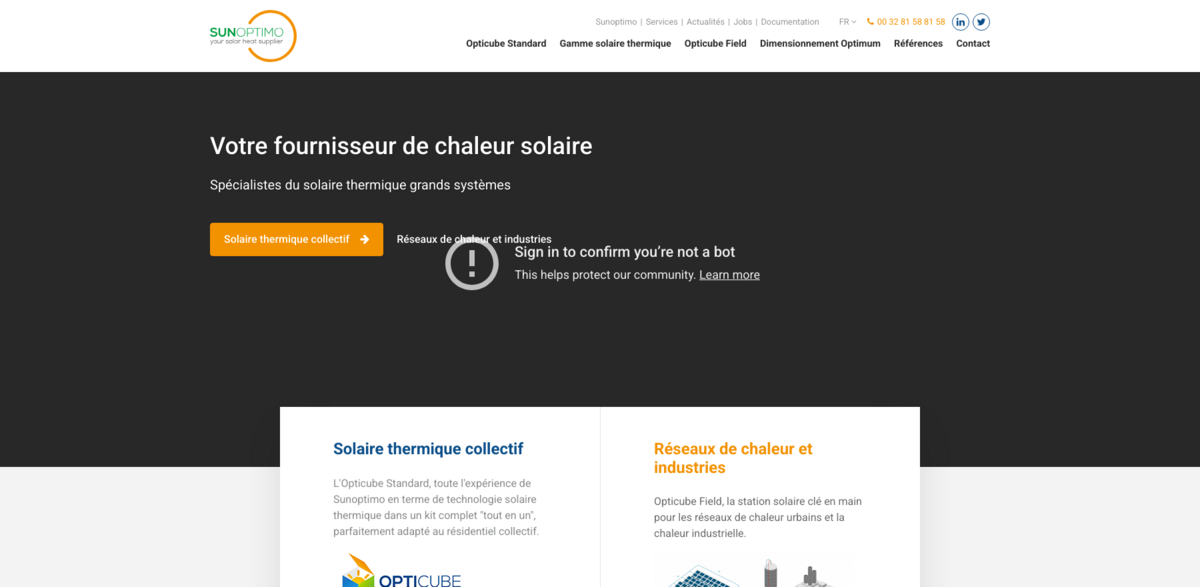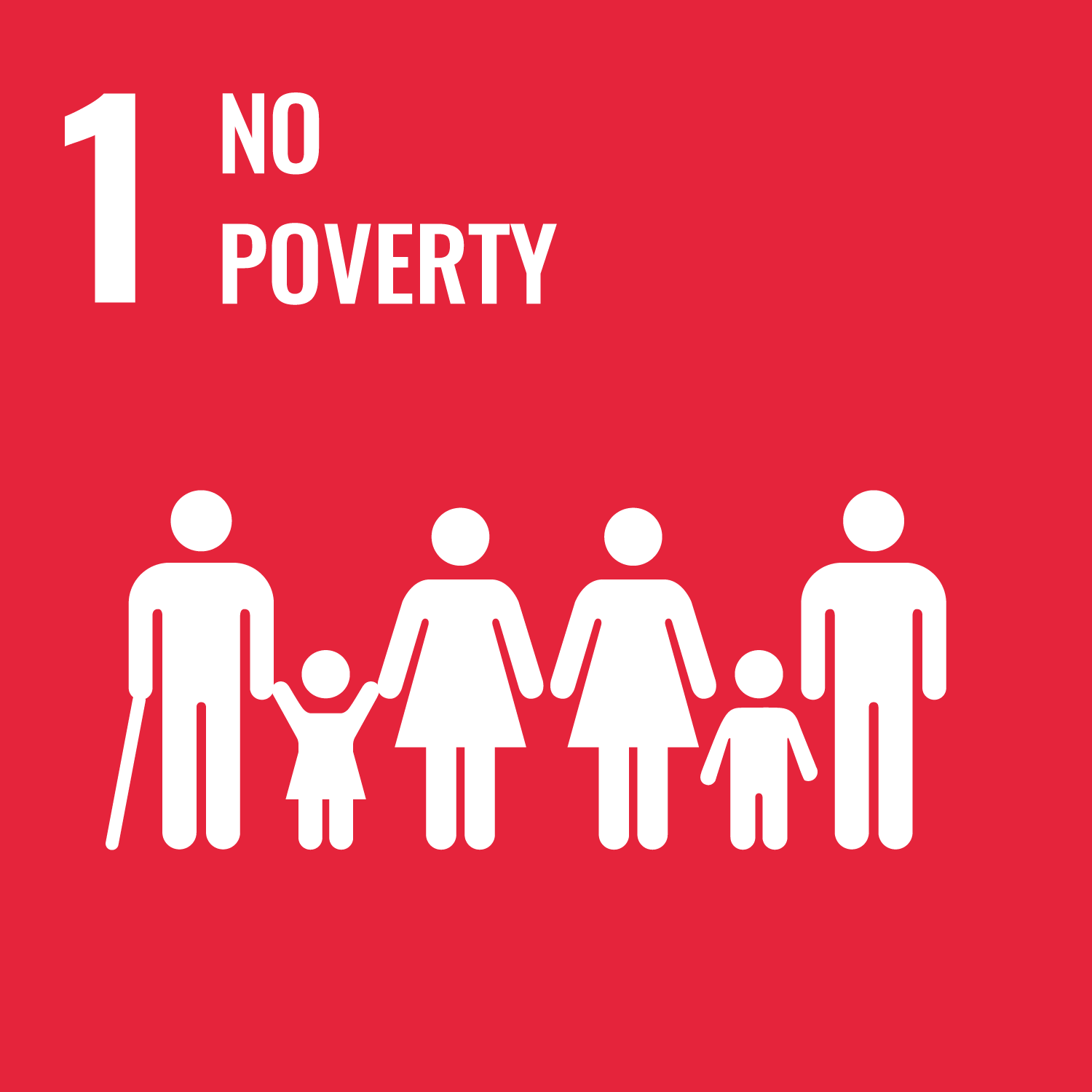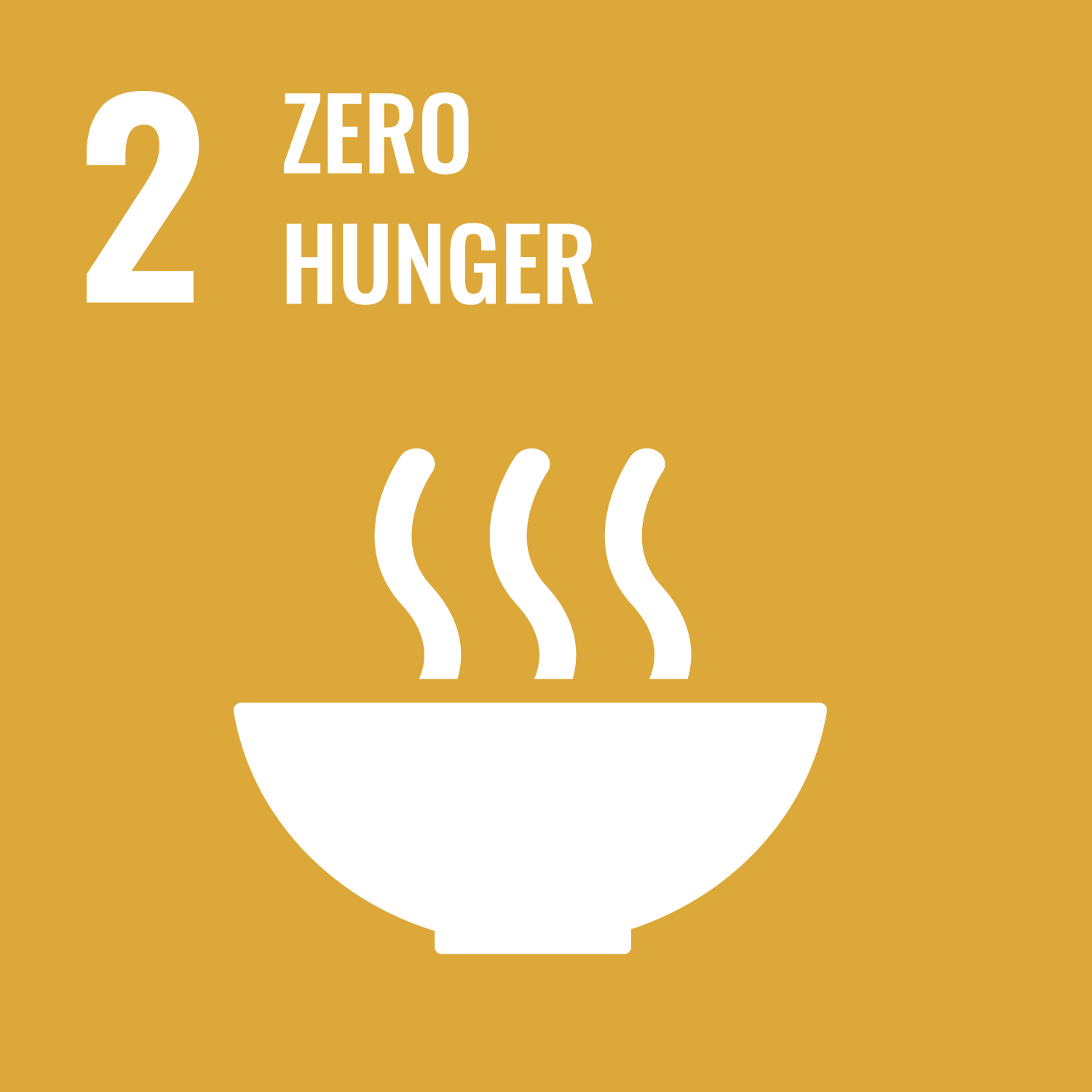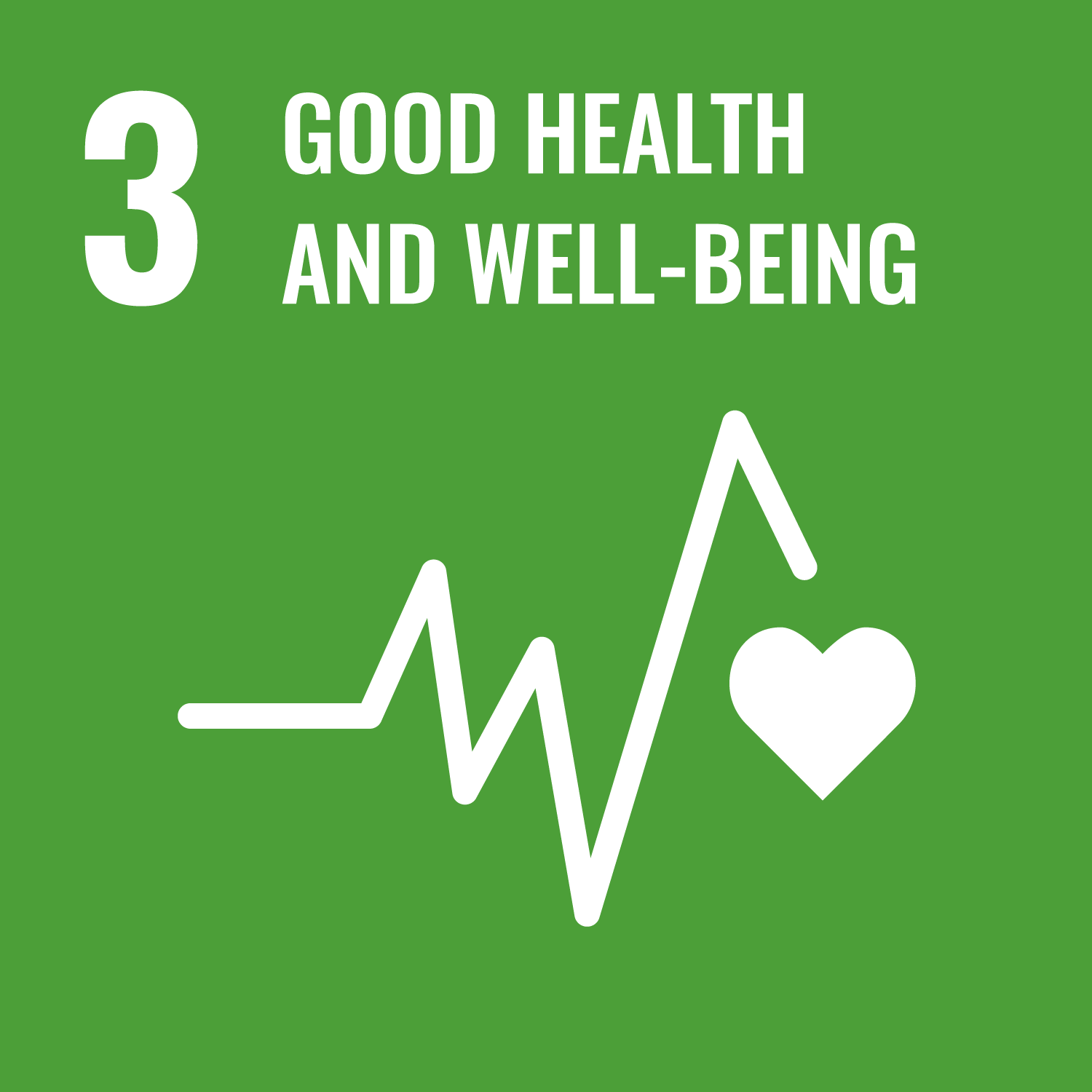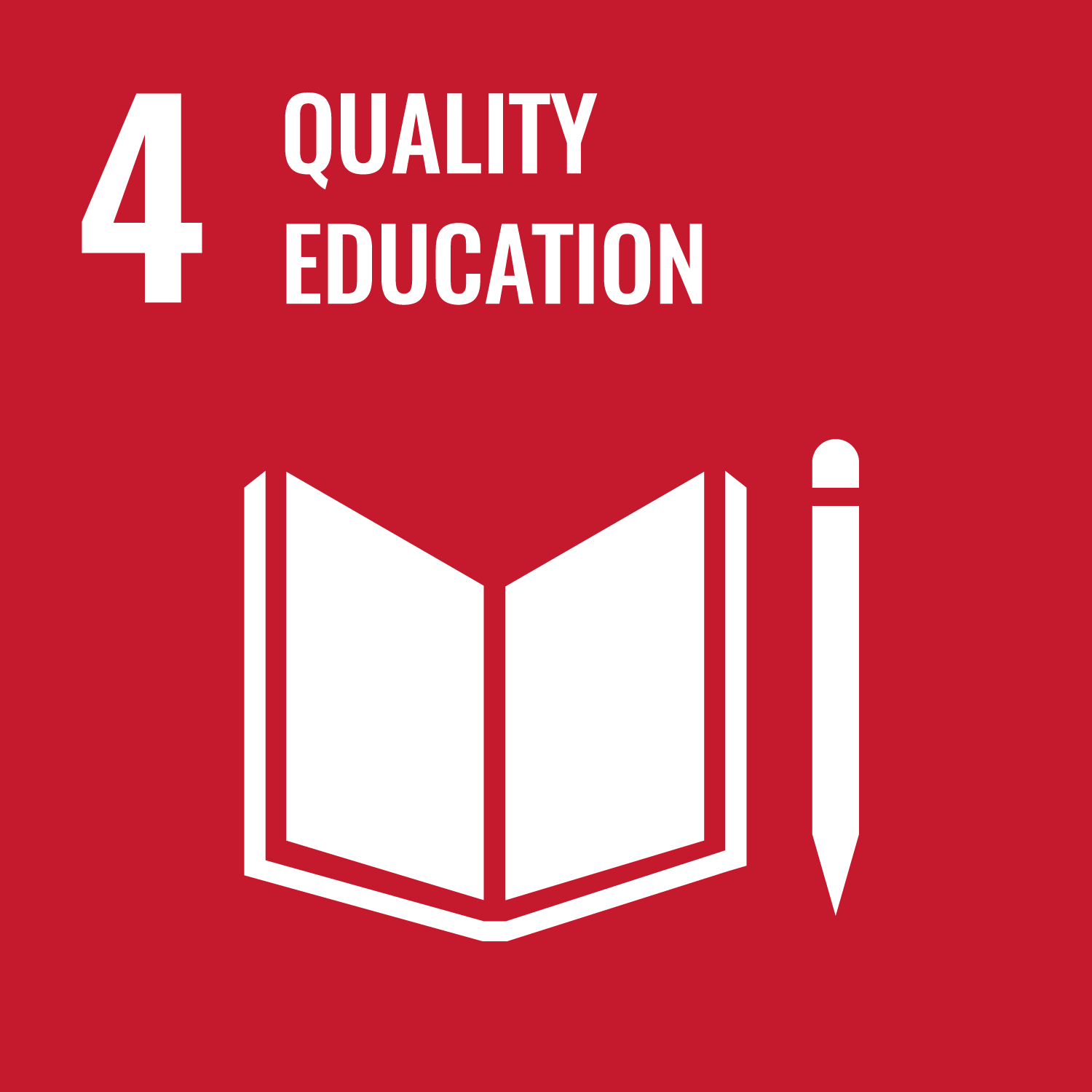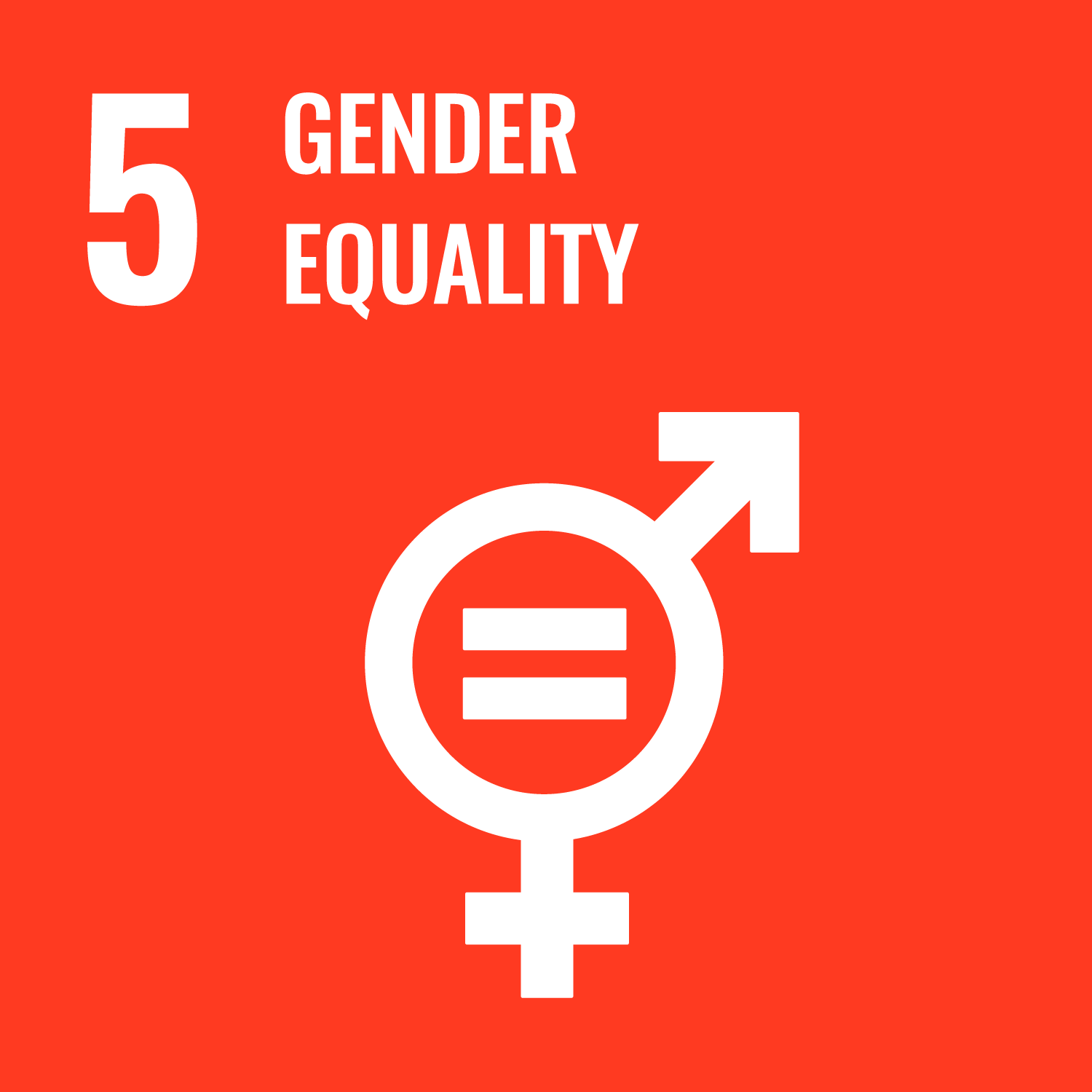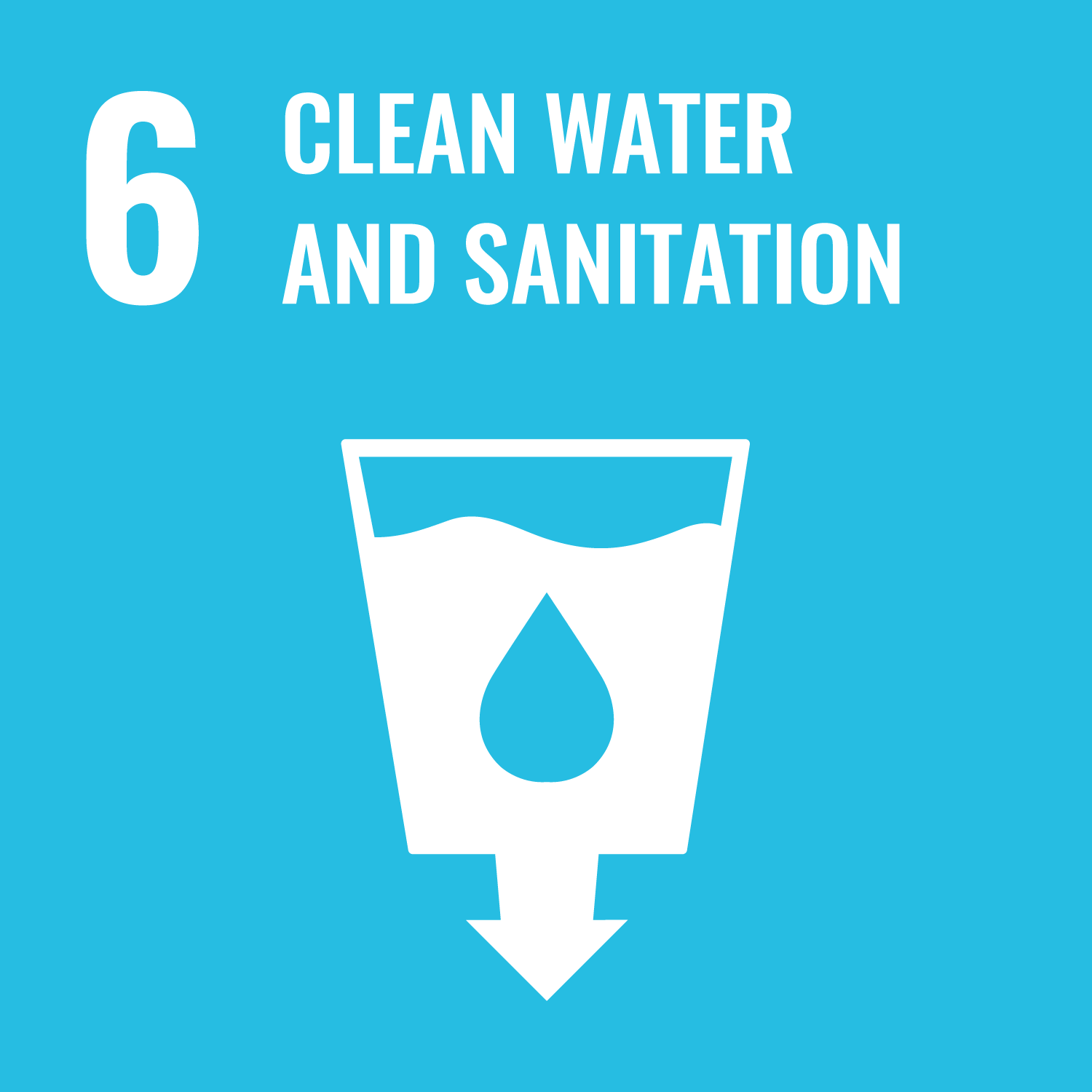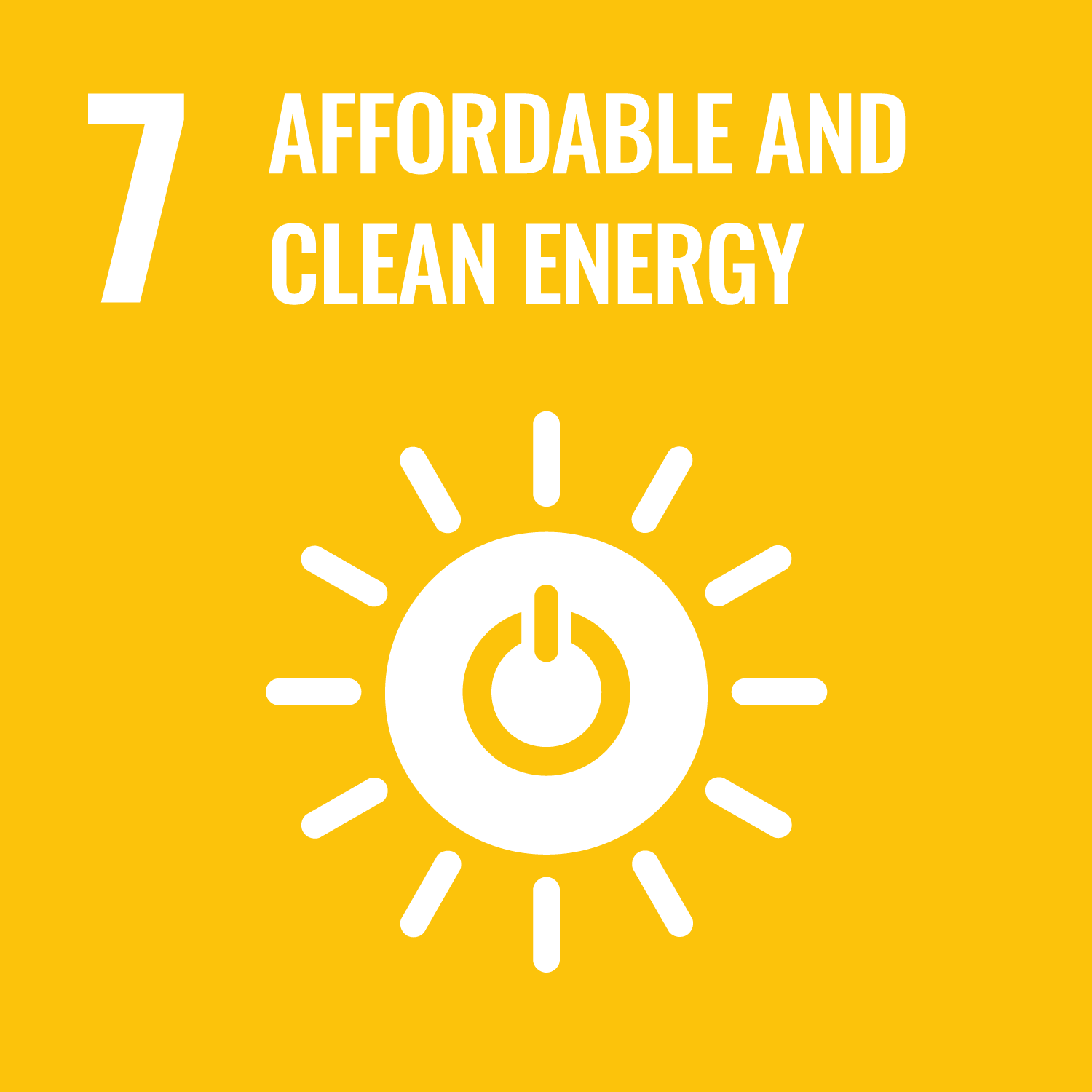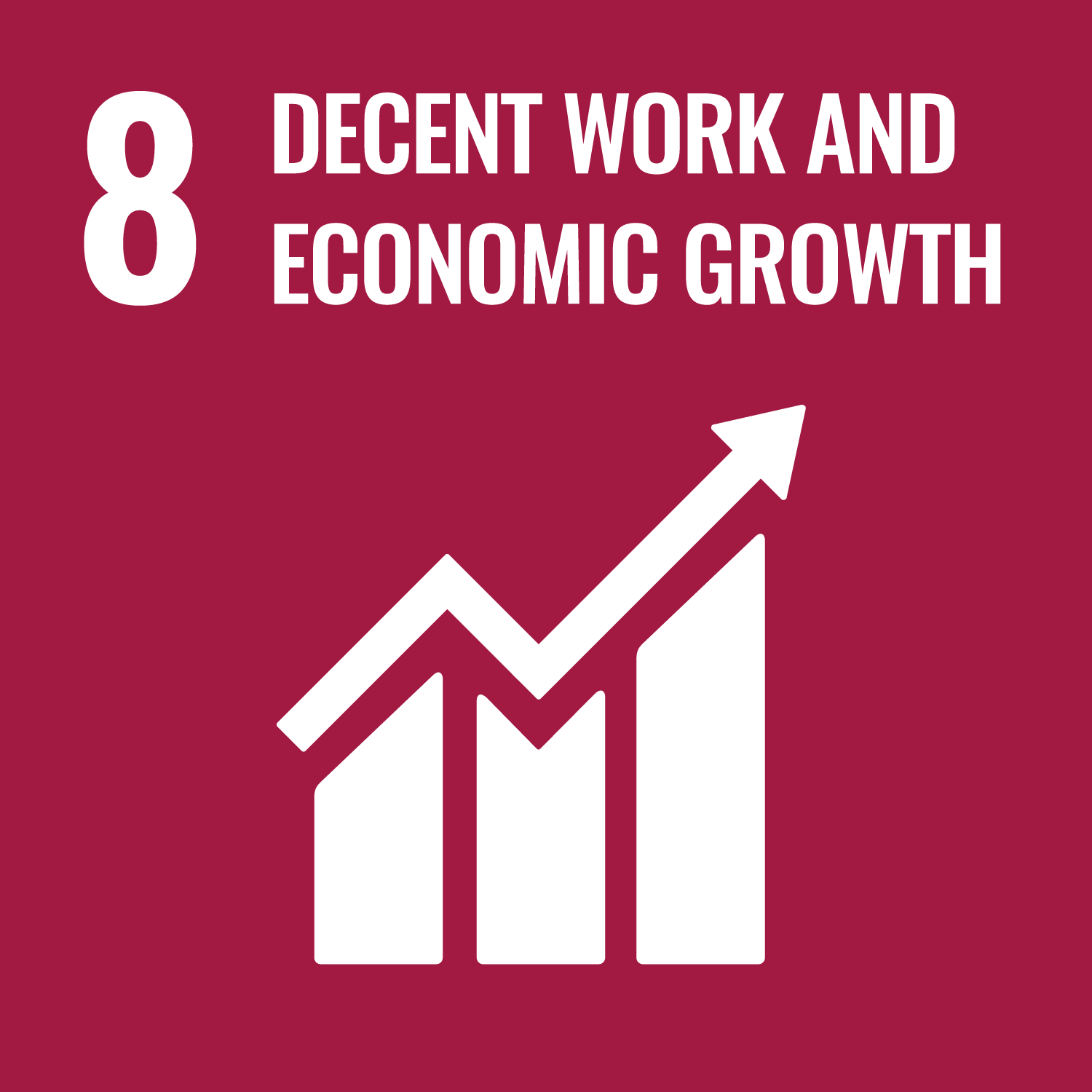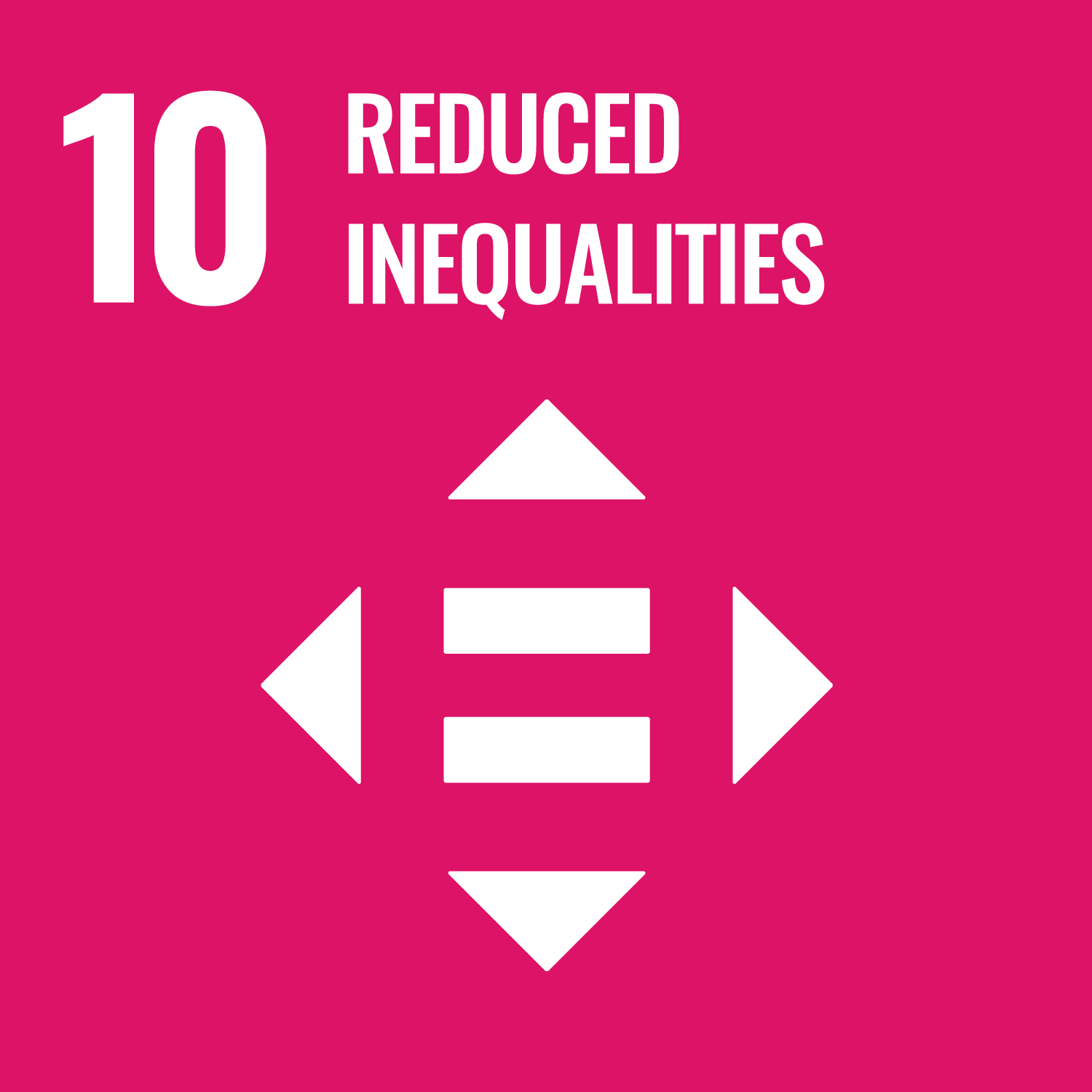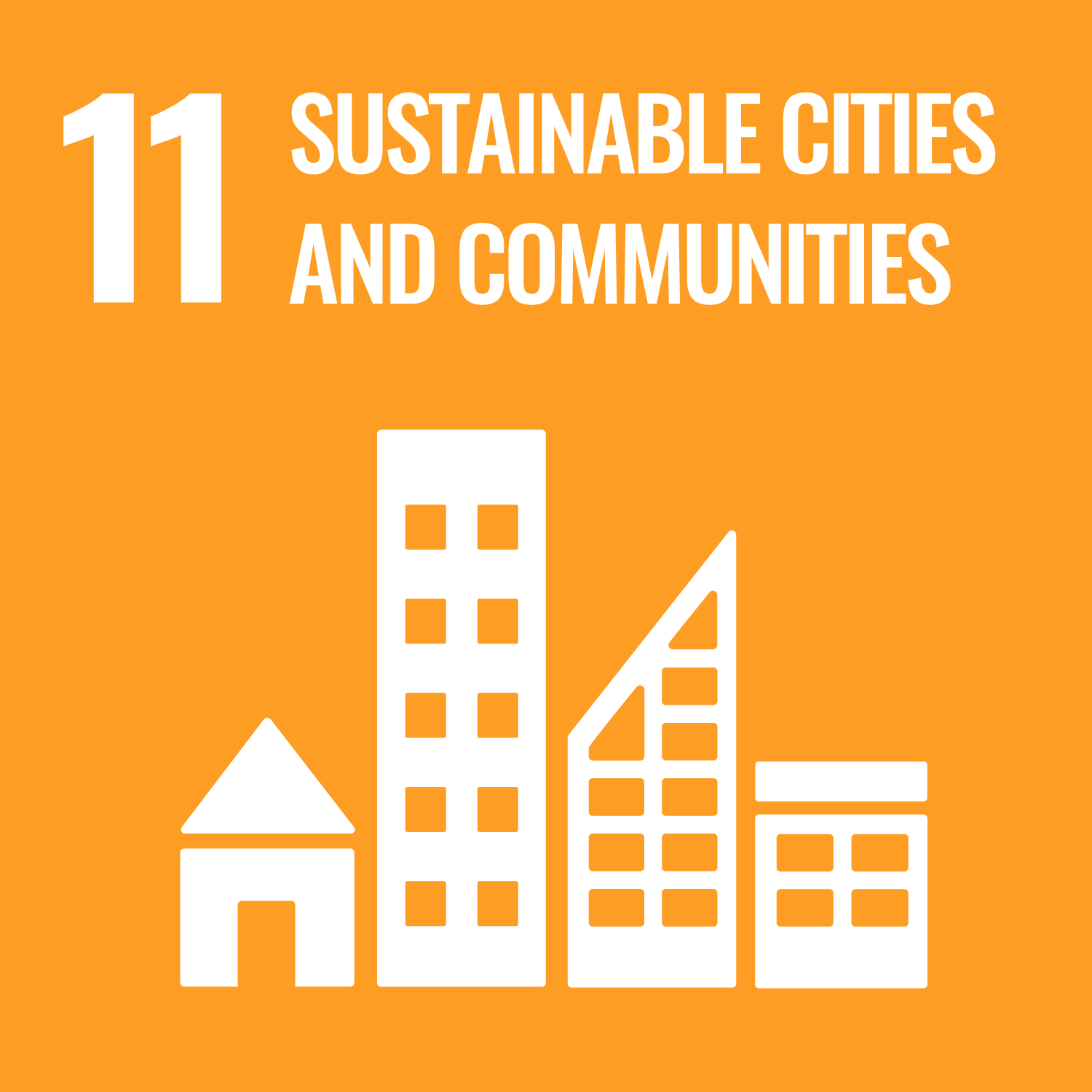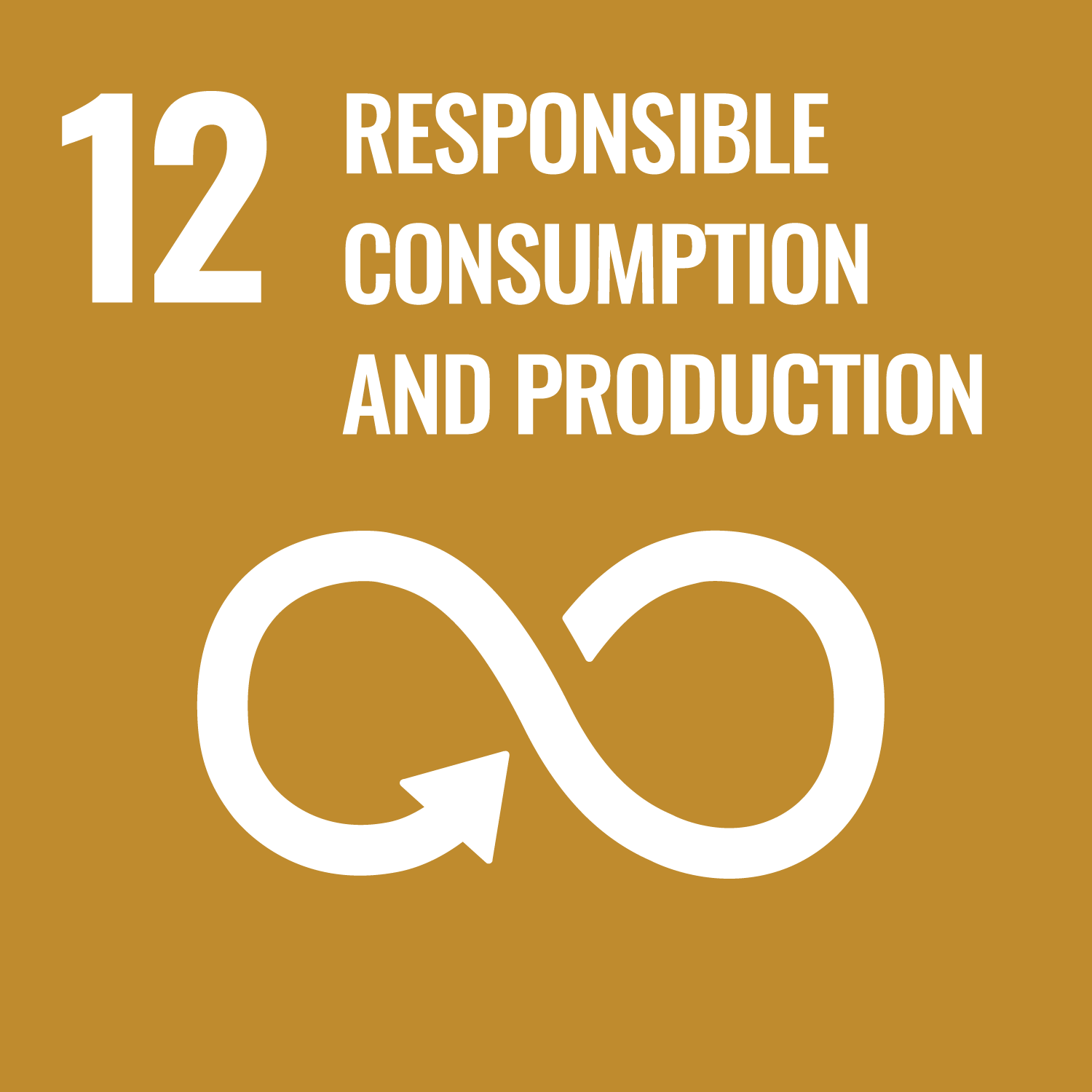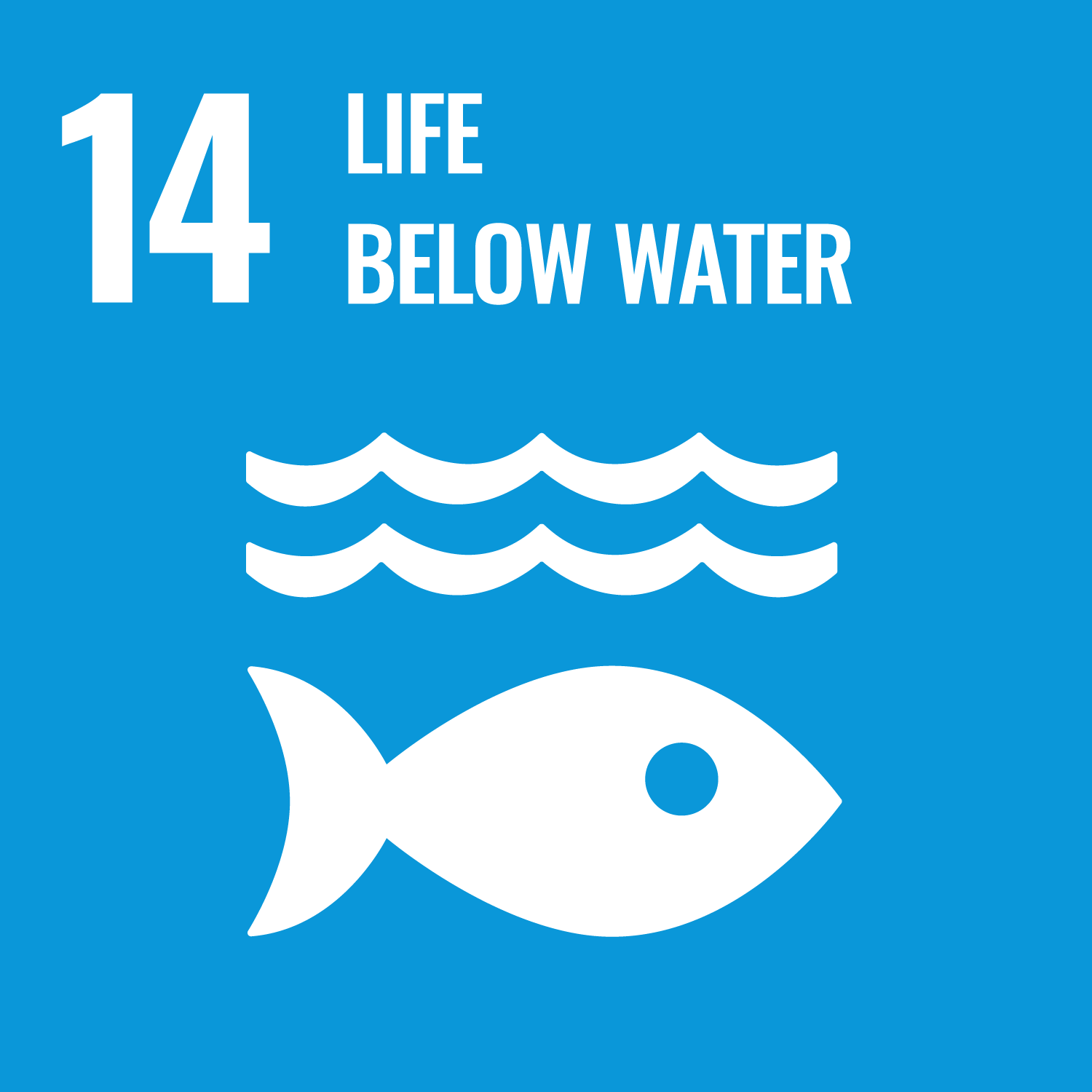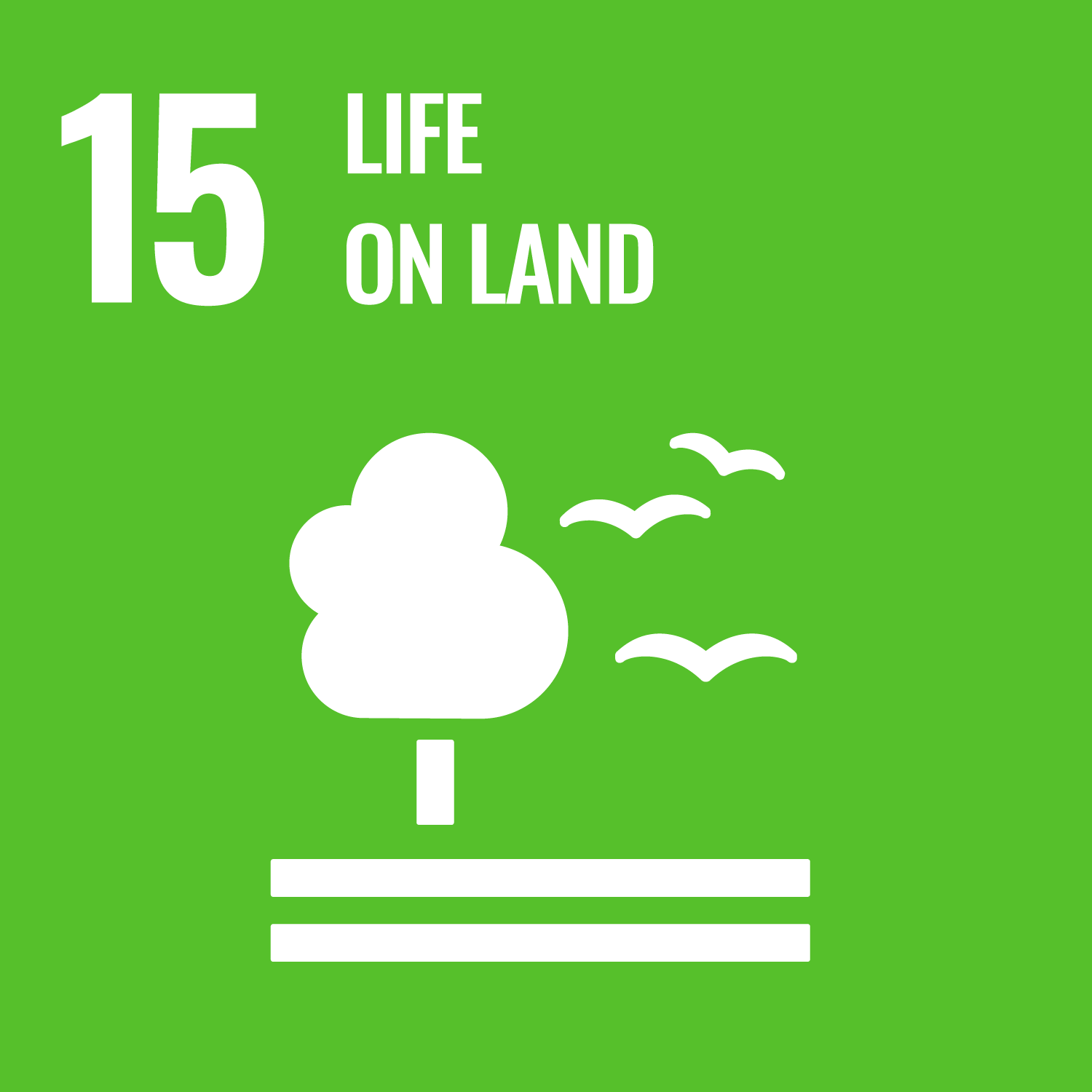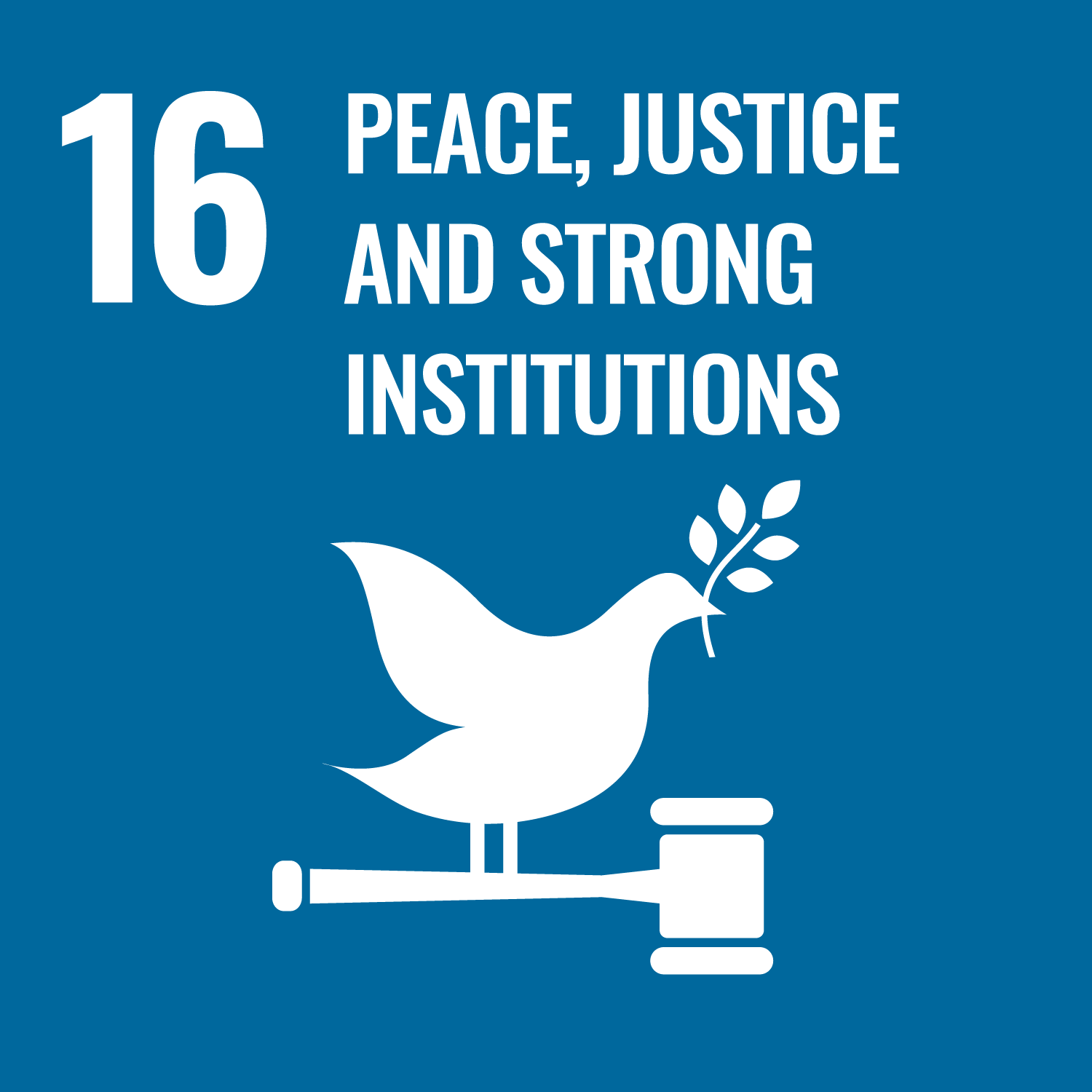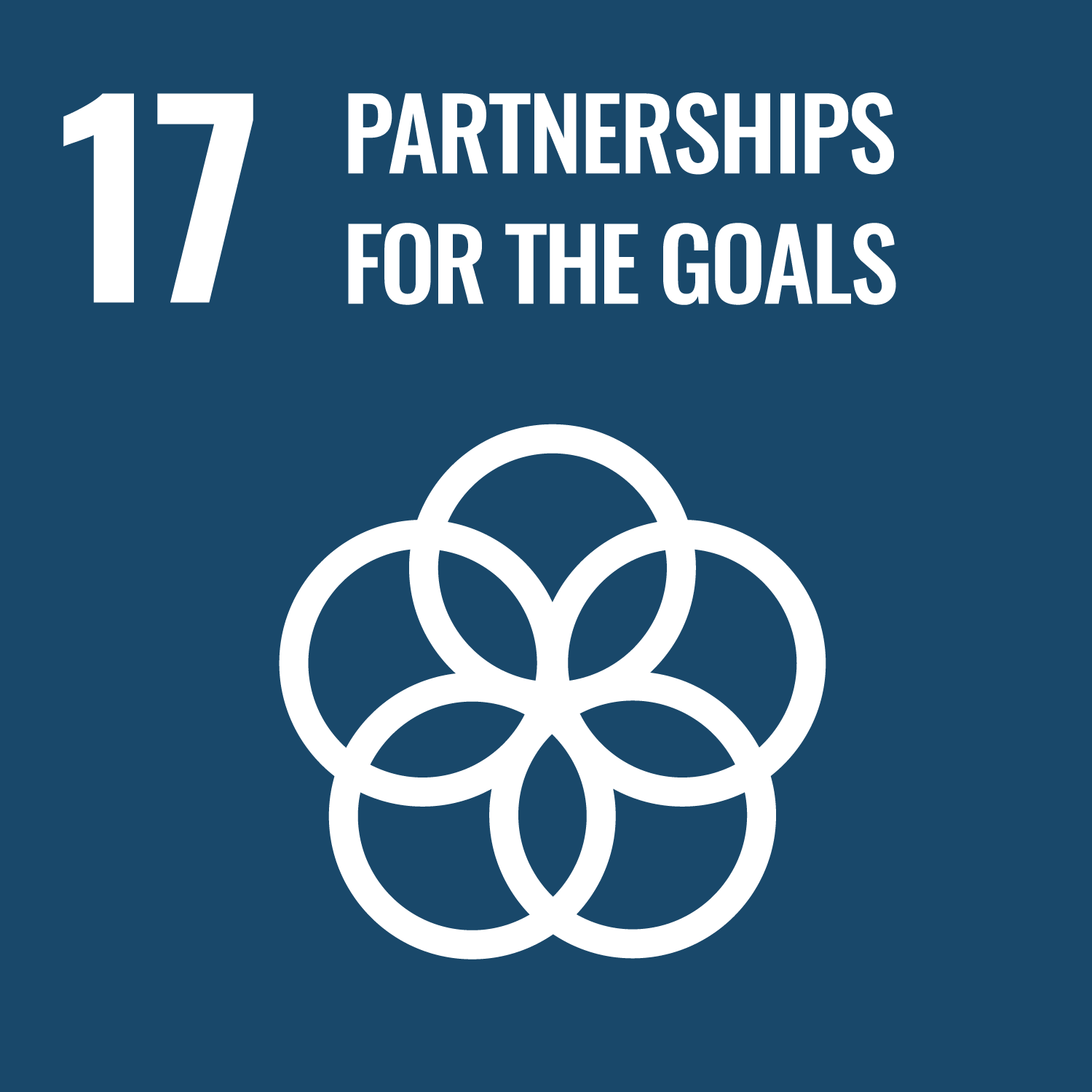What is Carbon Upcycling?
Cementing a clean and resilient future means securing critical cement materials and localizing supply chains. Carbon Upcycling transforms CO2 and industrial byproducts into abundant, domestic sources of low‐carbon cement materials. The project takes industrial waste – including underutilized materials like landfilled coal ash, alternative iron and steel slag, and clays – and reimagines what was once considered waste. In doing so, the initiative creates robust supply chains for cement production at cost‐parity with today’s market while sequestering carbon and lowering emissions. Manufacturers, facing unprecedented global demand and critical material shortages, now have a solution that tackles supply chain vulnerabilities and environmental challenges side by side.
Main Benefit
The significant advantage of Carbon Upcycling lies in turning legacy challenges into opportunities. Key figures and facts underscore its success:
- Four of the world’s largest cement manufacturers are partnered with Carbon Upcycling to secure their cement supply chains.
- The commercial demonstration facility has produced and deployed more than 3,000 tonnes of low‐carbon material into foundations, sidewalks, and roadways across Canada and the US with local ready-mix partners.
- The CUT CO2 system has been scaled by more than 10 million times, derisking technology and advancing materials.
- This process diverts waste streams from the environment and enhances them into new, high‐value materials for the cement industry.
- Technically vetted by renowned organizations like the Canadian National Research Council and Alberta Innovates, and recognized as a top finalist in the global Carbon X-Prize competition.
Innovation in Industrial Byproducts
The project emphasizes a clever technique: using industrial byproducts and transforming them at a massive, industrial scale. During the transformation of the iron and steel industry—with manufacturers shifting to electric arc furnaces and hydrogen reduction processes—byproducts that once possessed little-to-no value can now be upcycled to capture CO2 and improve cement products. It is a sort of breakthrough moment where material remnants from previous energy systems, like coal ash, are given a second life as foundational low‐carbon cement replacers. This is innovation that doesn’t just improve performance but actively safeguards resource supply chains.
Circular Economy and Sustainability
The process is a clear embodiment of circularity at its finest. Carbon Upcycling creates a win for the environment, industry, and cement by diverting waste streams and integrating them into a sustainable, circular economy. Manufacturers are encouraged to explore local resources and underutilized feedstocks to build domestic supply chains, all while lowering their carbon footprint. The goal is not just to produce cement, but to do so in a way that addresses resource scarcity, supply chain security, and climate adaptation, fostering a responsible and inclusive growth model.
Technology and Market Transformation
The transformation is driven by an innovative, bolt-on commercial technology platform that enhances low-quality materials into high-performance substitutes for ordinary Portland cement. With technology that can reclaim and upcycle solid waste byproducts from industries like iron & steel, mining, and utilities, industrial waste is forever redefined. Manufacturers can now create robust, local supplies of low-carbon materials using readily available resources, thereby reducing reliance on foreign imports. It is a dynamic intersection of technology and market transformation—opening up a new class of locally available, carbon-sequestering cement replacements that improve concrete performance and save the planet at the same time.
Project Impact on SDGs
- SDG 9: Industry, Innovation, and Infrastructure – Reimagining industrial waste into sustainable products strengthens resilient infrastructures and fosters inclusive industrialization.
- SDG 12: Responsible Consumption and Production – Upcycling industrial byproducts promotes resource efficiency and sustainable production methods.
- SDG 13: Climate Action – Through the capture of CO2 and reduction of emissions, the project directly contributes to climate mitigation efforts.
- SDG 11: Sustainable Cities and Communities – The production of low-carbon cement supports the creation of sustainable urban environments with cleaner building foundations.
- SDG 7: Affordable and Clean Energy – By transforming legacy assets into critical infrastructure, the initiative aids in the energy transformation process with a cleaner foundation.
Future Outlook and Community Vision
Tapping into local, underutilized feedstocks shifts the focus of today’s industries towards an inclusive, equitable future where carbon becomes a sustainable resource. The project envisions a world where industrial byproducts are not liabilities but assets that spark sustainable growth. With a technology solution that is already drastically scaled and validated through industry-leading partners, the Carbon Upcycling initiative sets the stage for further innovation and increased domestic manufacturing independence. This forward-thinking approach opens the door for the cement industry—as well as the mining, iron & steel, and energy sectors—to secure critical materials in a circular, environmentally responsible manner. It is an opportunity that speaks directly to the growing need for resilient supply chains and the shift towards a low-carbon, sustainable economy… making a win for the environment, industry, and society at large.

